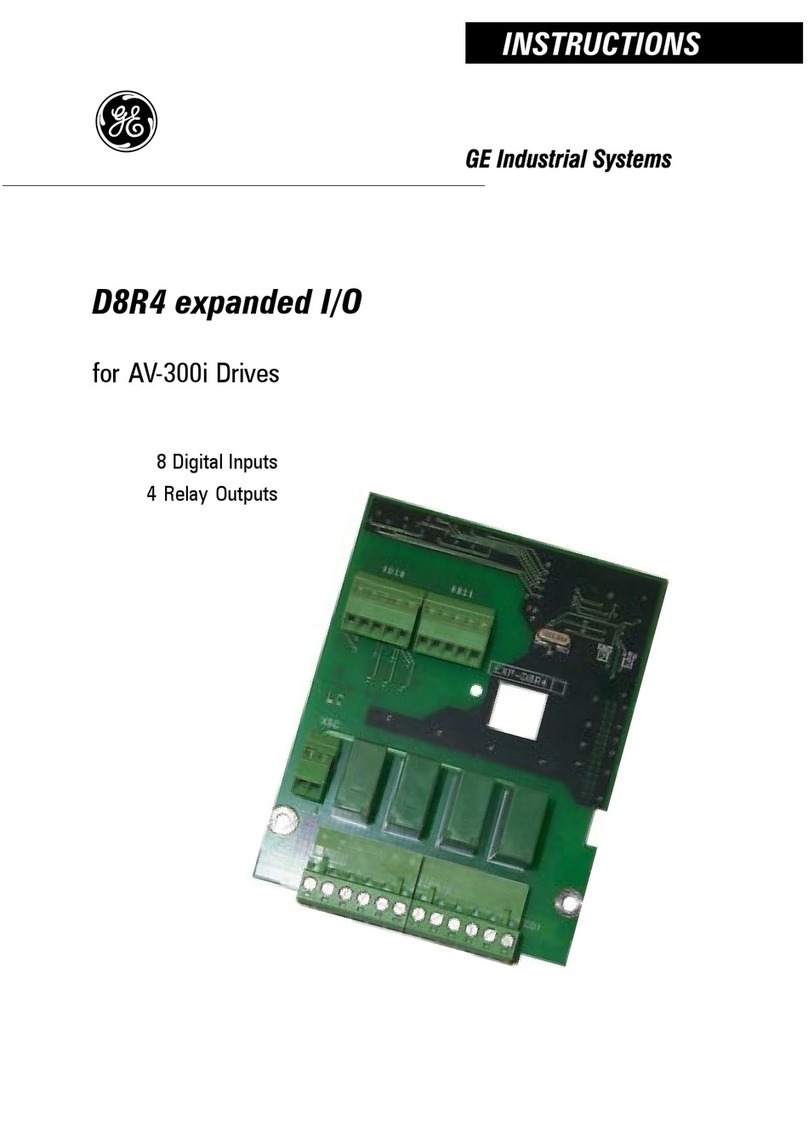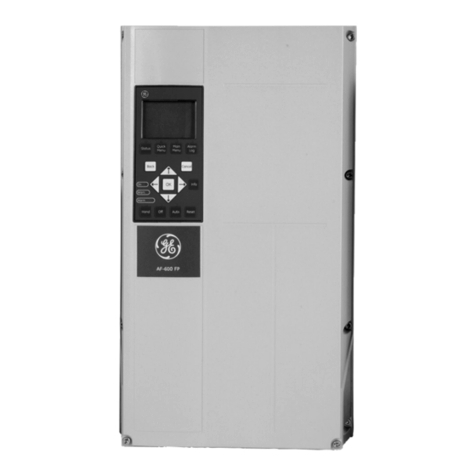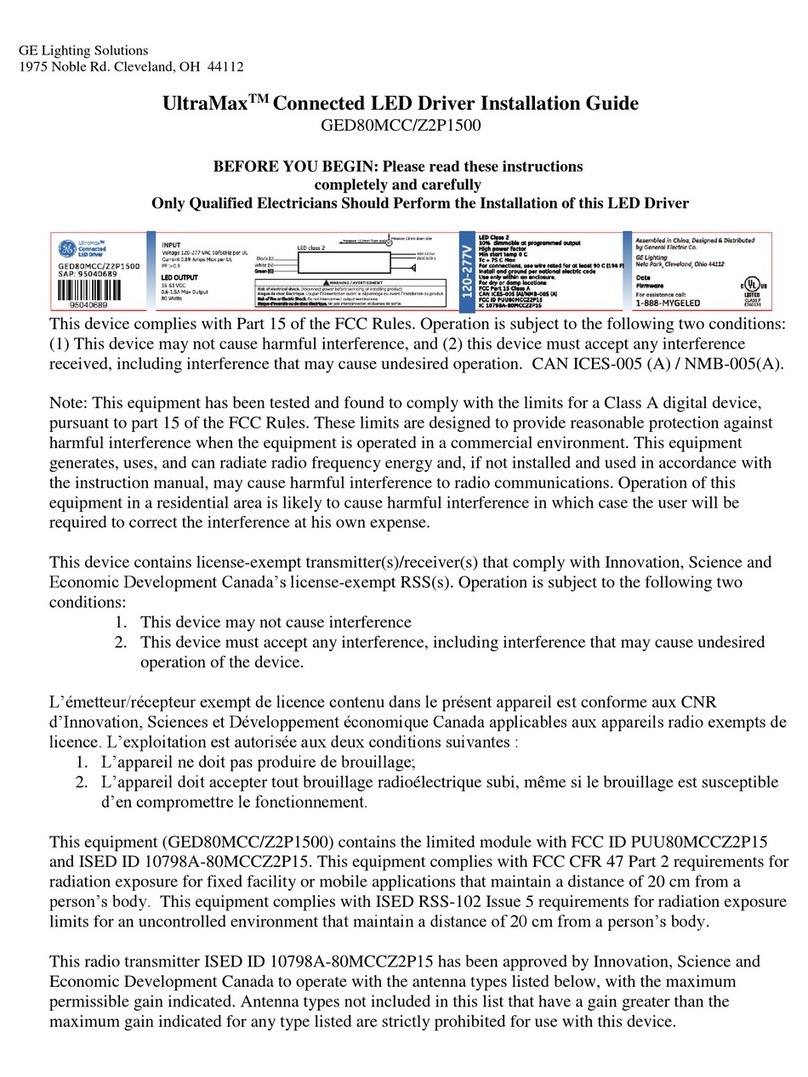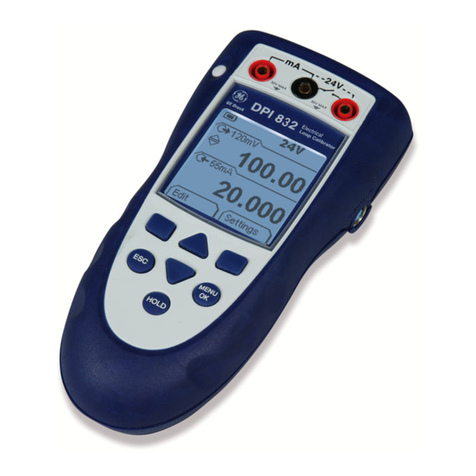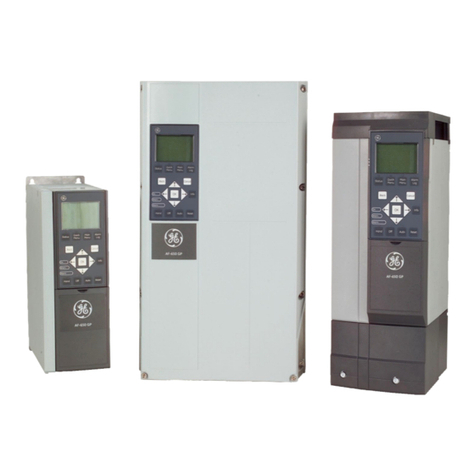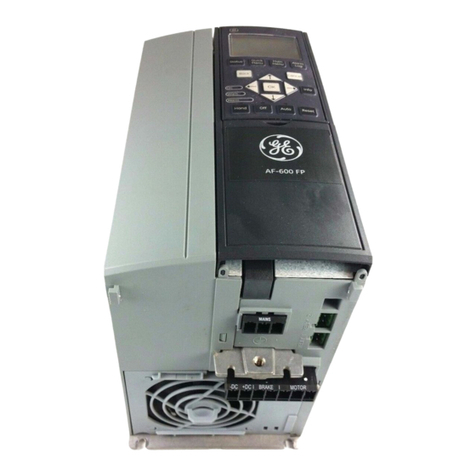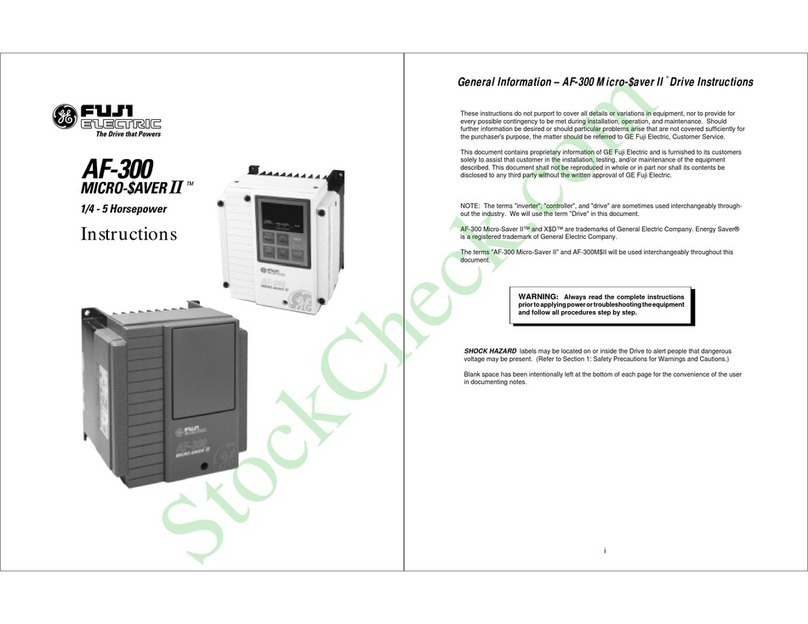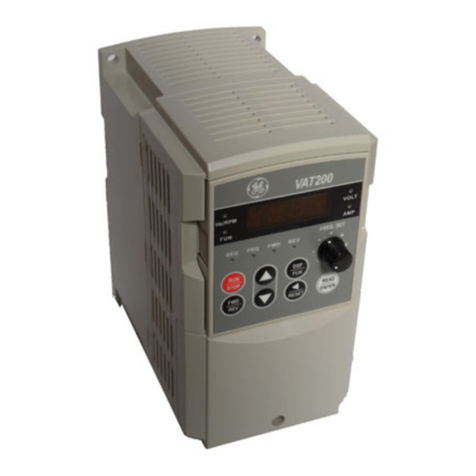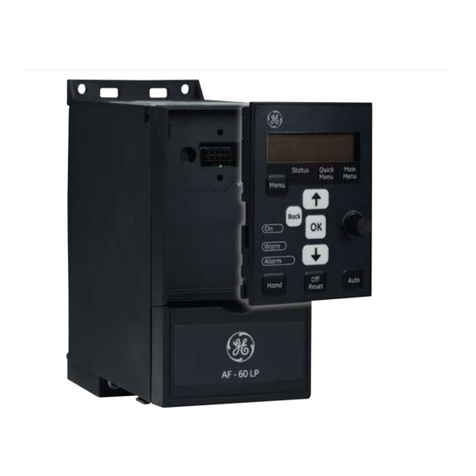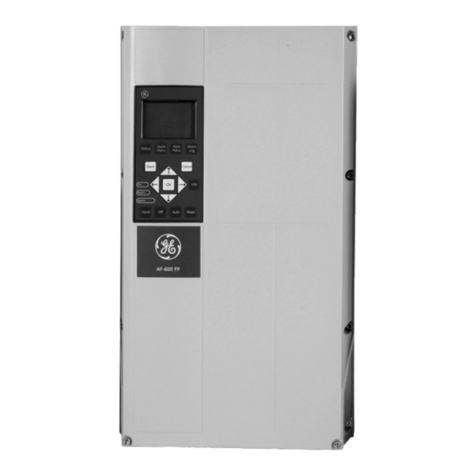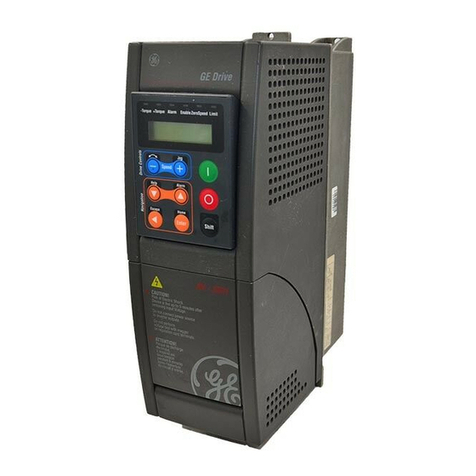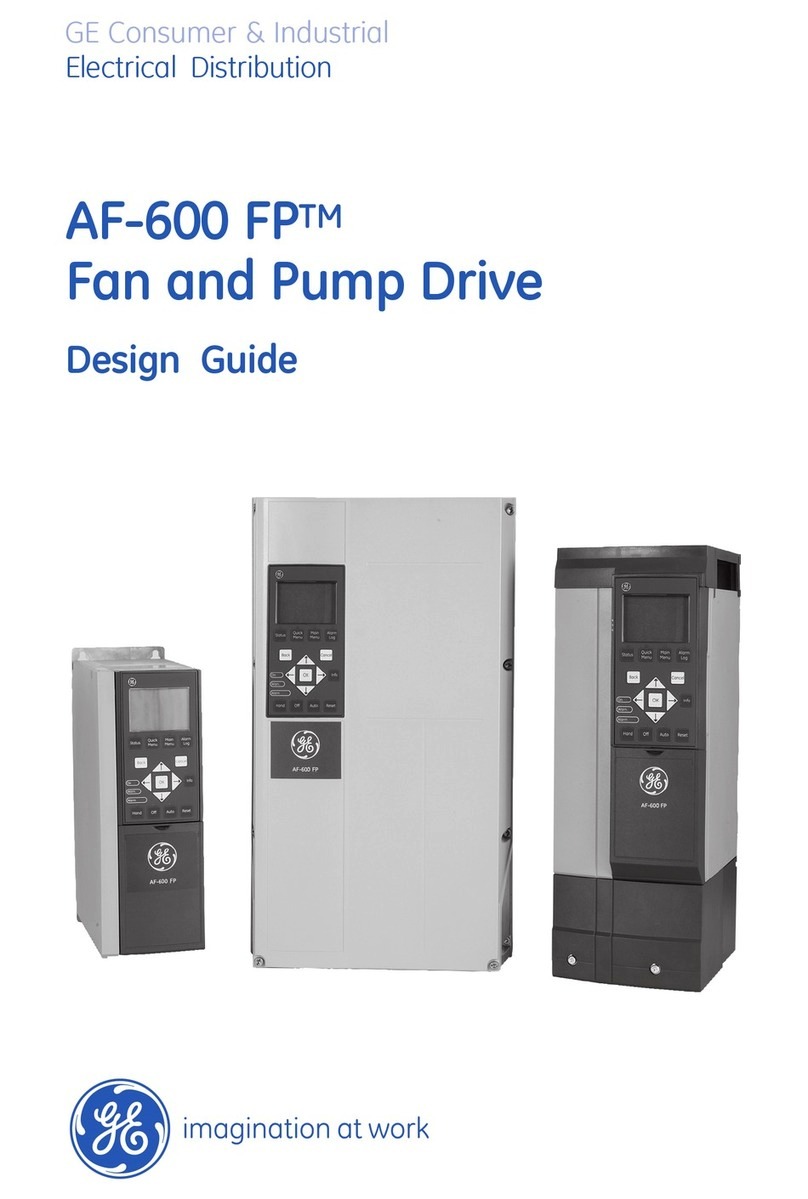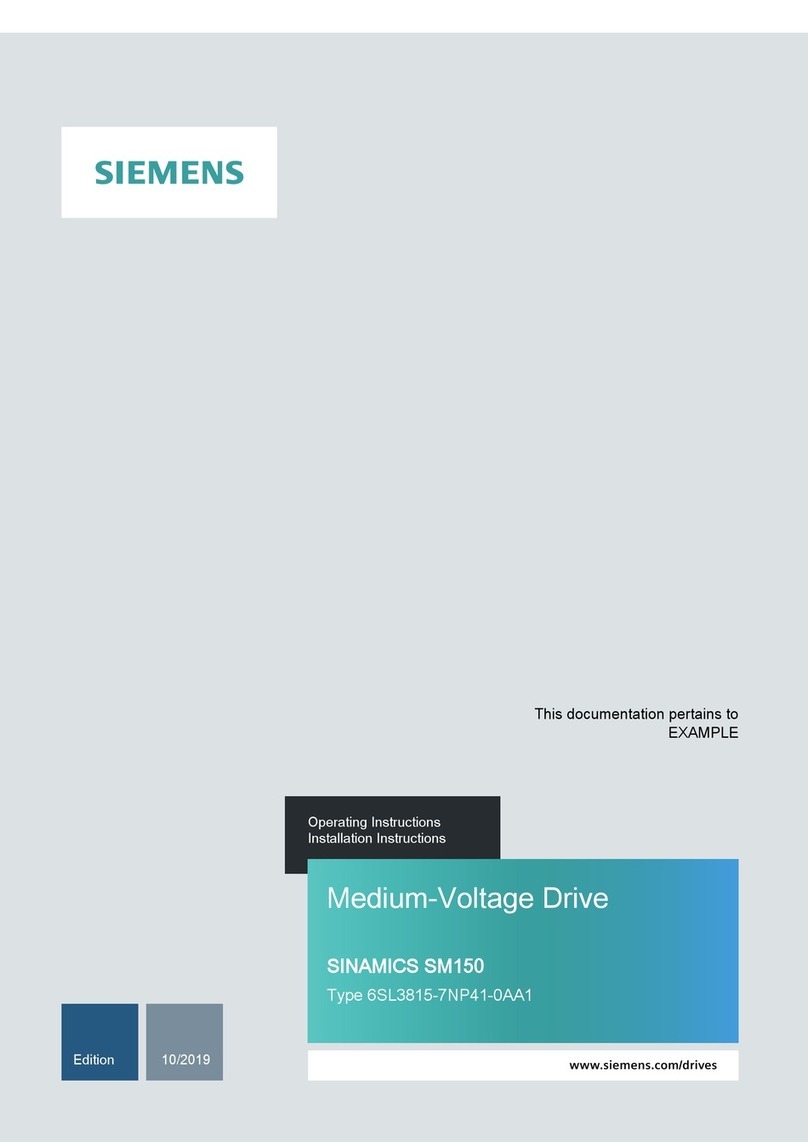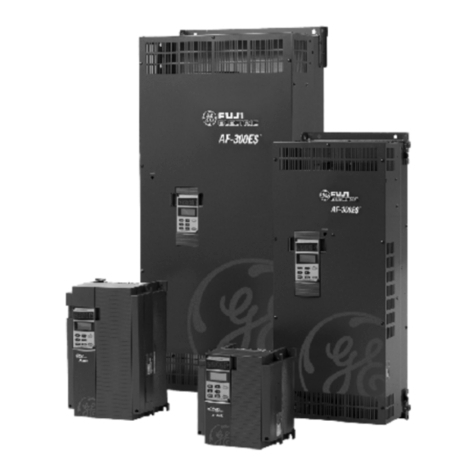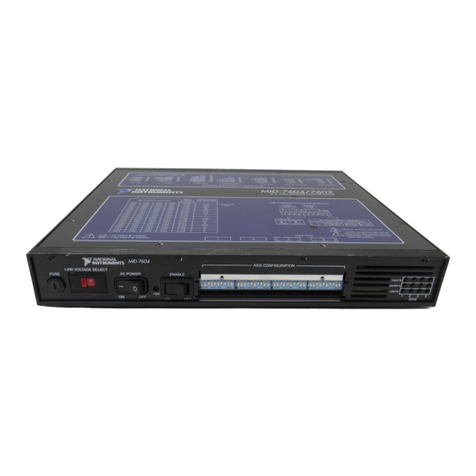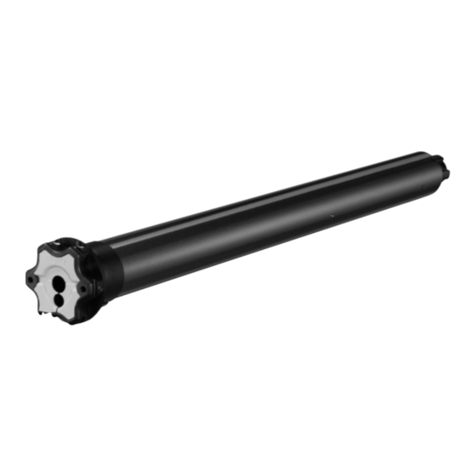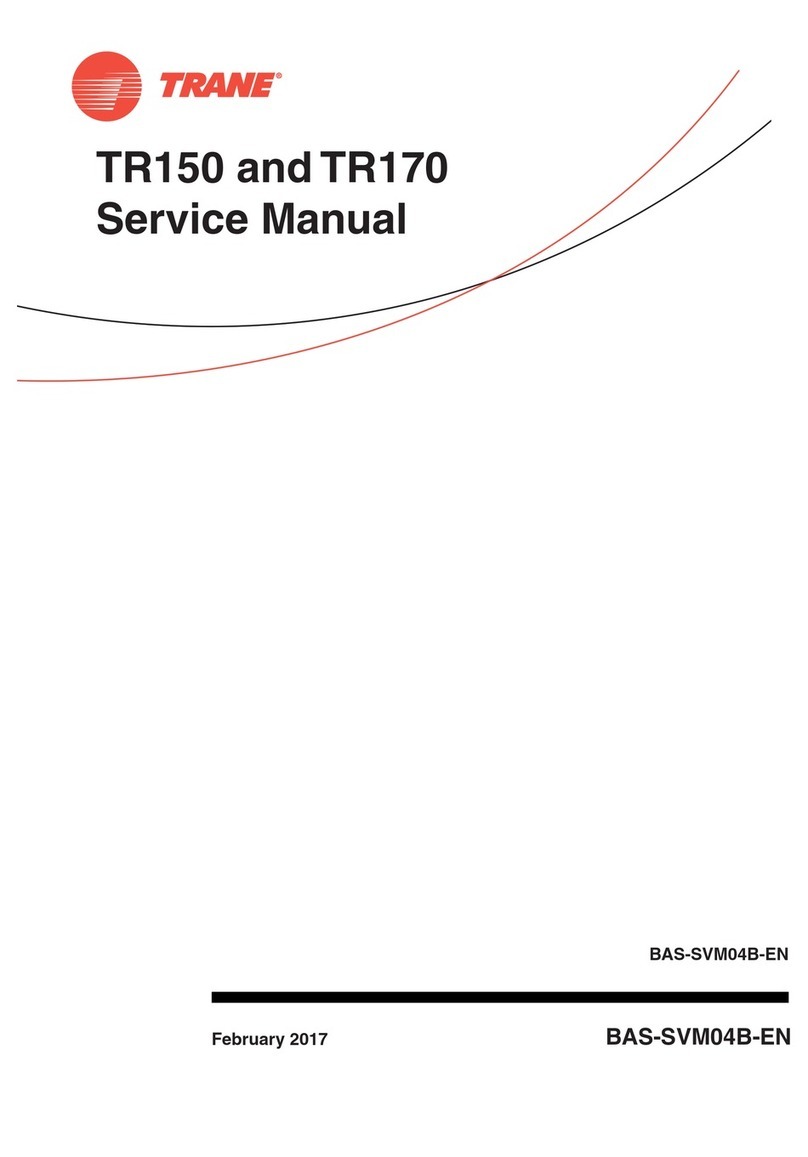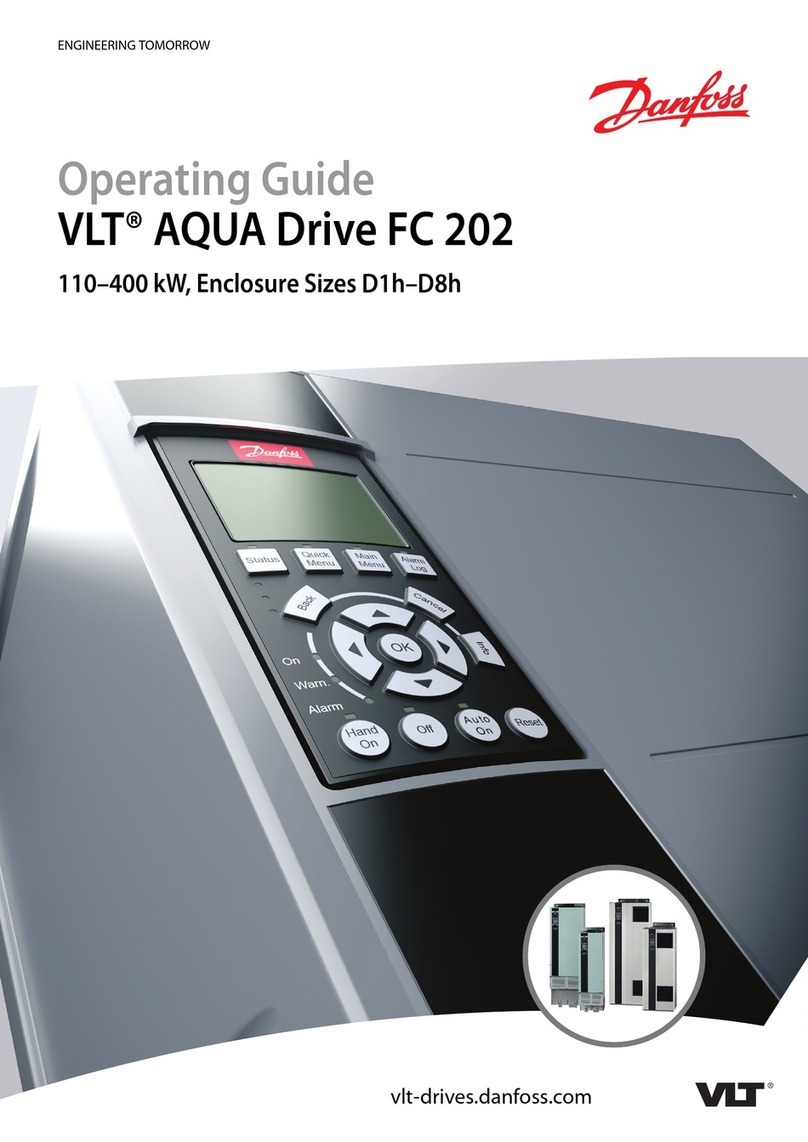
Safety
WARNING
HIGH VOLTAGE
Frequency converters contain high voltage when
connected to AC mains input power. Installation, start up,
and maintenance should be performed by qualified
personnel only. Failure to perform installation, start up, and
maintenance by qualified personnel could result in death
or serious injury.
WARNING
UNINTENDED START
When the frequency converter is connected to AC mains,
the motor may start at any time. The frequency converter,
motor, and any driven equipment must be in operational
readiness. Failure to be in operational readiness when the
frequency converter is connected to AC mains could result
in death, serious injury, equipment, or property damage.
WARNING
DISCHARGE TIME
Frequency converters contain DC-link capacitors that can
remain charged even when the frequency converter is not
powered. To avoid electrical hazards, disconnect AC mains,
any permanent magnet type motors, and any remote DC-
link power supplies, including battery backups, UPS and
DC-link connections to other frequency converters. Wait for
the capacitors to fully discharge before performing any
service or repair work. The amount of wait time is listed in
the Discharge Time table. Failure to wait the specified time
after power has been removed before doing service or
repair could result in death or serious injury.
WARNING
DISCHARGE TIME!
Frequency converters contain DC link capacitors that can
remain charged even when AC mains is disconnected. To
avoid electrical hazards, remove AC mains from the
frequency converter before doing any service or repair and
wait the amount of time specified in Table 1.1. Failure to
wait the specified time after power has been removed
prior to doing service or repair on the unit could result in
death or serious injury.
Voltage
[V] Power Size Minimum Waiting
Time [minutes]
200-240 0.75-3.7 kW 1-5 HP 4
5.5-45 kW 7.5-60 HP 15
380-480
0.75-7.5 kW 1-10 HP 4
11-90 kW 15-125 HP 15
110-315 kW
150-450 HP 20
355-1000 kW
500-1350 HP 40
525-600 0.75-7.5 kW 1-10 HP 4
11-90 kW 15-125 HP 15
525-690
11-75 kW
15-125 HP 15
110-400 kW
150-550 HP 20
450-1400 kW
600-1900 HP 30
Table 1.1
Symbols
The following symbols are used in this manual.
WARNING
Indicates a potentially hazardous situation which could
result in death or serious injury.
CAUTION
Indicates a potentially hazardous situation which can result
in minor or moderate injury. It can also be used to alert
against unsafe practices.
CAUTION
Indicates a situation that could result in equipment or
property-damage-only accidents.
NOTE
Indicates highlighted information to regard with attention
to avoid mistakes or operate equipment at less than
optimal performance.
Approvals
Safety AF-600 FP
TM
Design and Installation Guide
DET-768b
